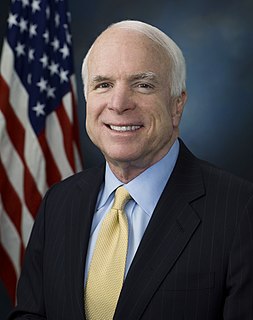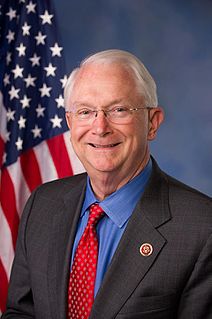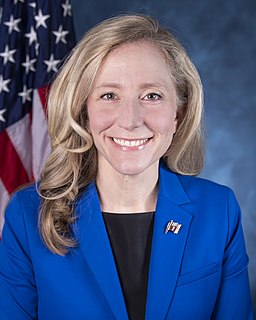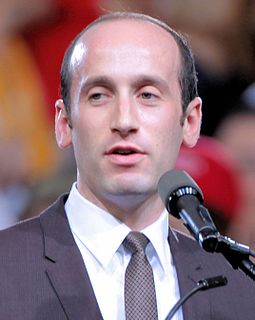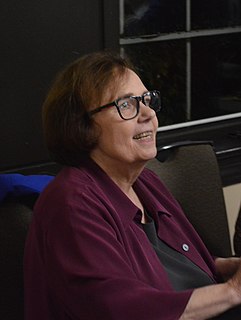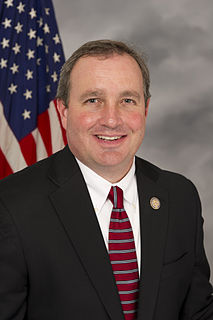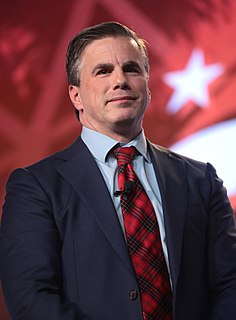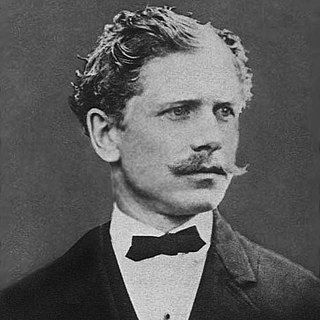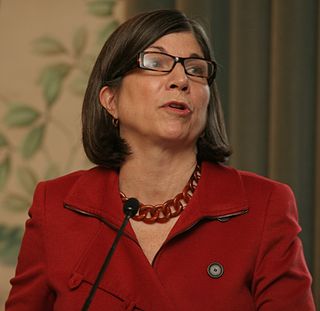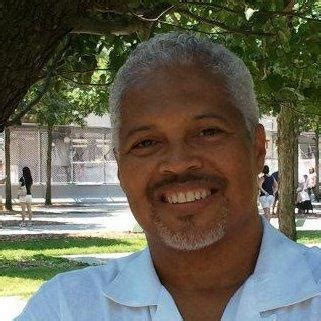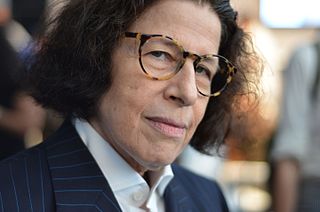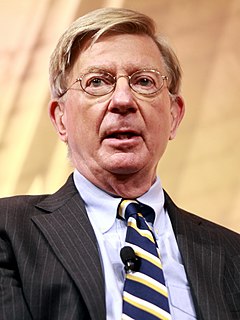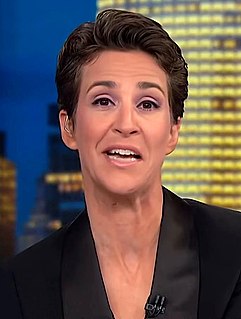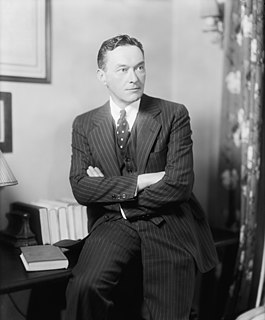A Quote by Juan Williams
In 2007 the 'dagger' of an idea that killed President Bush's effort at reforming the immigration system was lax border security.
Related Quotes
Immigration and border security remain critical issues that I am committed to addressing this year. The good news is that illegal immigration is at an all-time low, making now the time to dedicate the needed technology and resources to finally secure the border for good. As border security improves, I look forward to working in a bipartisan manner to fix our broken immigration system and address the millions of people living in the United States outside of legal status.
When it comes to immigration, I have actually put more money, under my administration, into border security than any other administration previously. We've got more security resources at the border - more National Guard, more border guards, you name it - than the previous administration. So we've ramped up significantly the issue of border security.
I offered early on - I think I was governor about a month when I met President Obama - and said, 'I would like to visit with you in reference to border security, in reference to immigration. I'd like to be part of the discussion because I lived on the border all my life.' I've never received a call.
Back in 2005, Judicial Watch uncovered a Border Patrol survey conducted by the Bush administration in 2004 to determine what impact amnesty would have on illegal immigration. Want to take a guess at the outcome? Even the rumor of Mr. Bush's amnesty program led to a sharp spike in illegal immigration.
Of course, our immigration system isn't broken. The enforcement of our immigration system is broken. The president Barack Obama, the Democrat Party, and several in the Republican Party are trying to break the immigration system. The system itself is not broken; it's just fine. It's just being ignored.

